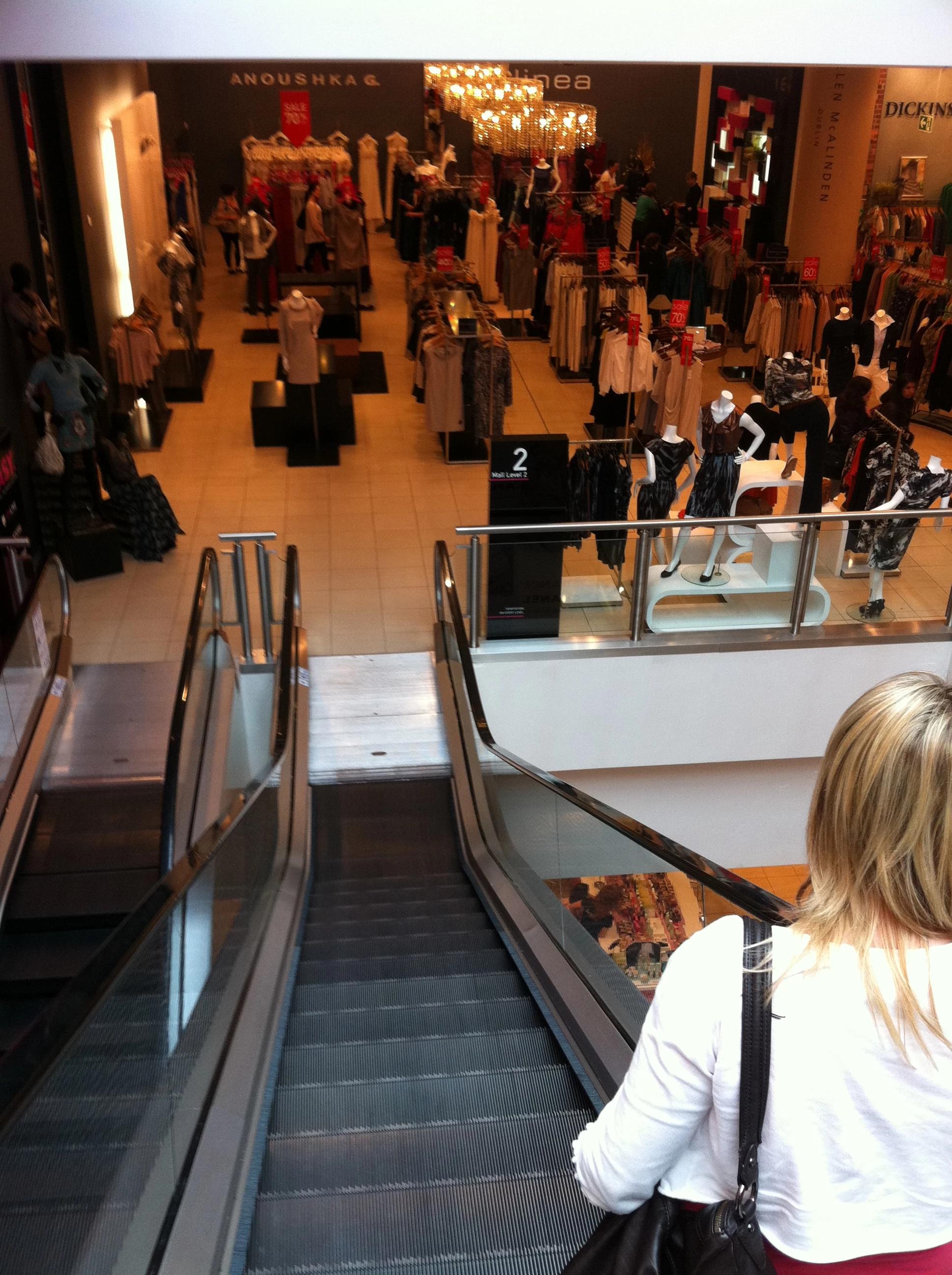
Partner Article
New research shows touchless retail will thrive in a post-pandemic world
Shoppers want more voice-activated demos, augmented reality try-ons and mobile-activated self-checkout options in post-pandemic retail environments as they move to a safety-first consumer mindset, according to new research.
The study, carried out among 1,000 US consumers in late May, explored attitudes and sentiment to bricks-and-mortar retail post-lockdown. It found consumers were more than open to new tech in retail, as long as it addresses their concerns around safer shopping environments. The research was conducted by global retail innovation agency Outform.
Key findings include:
More than two thirds of those surveyed (67 percent) would like to see self-checkout options made available via mobile devices.
Nearly half (43%) want to see voice-activated solutions.
One in three (33%) are in favour of motion-sensor technology.
One third (32 percent) are fans of the QR code when it comes to hygienically engaging with retail.
While one in four (25%) believe appointment-only browsing will make shopping safer.
In terms of which innovations and technologies will actively improve the retail experience:
Half (49 percent) of those polled are in favour of interactive merchandising displays.
Voice activation is not far behind, with 41 percent open to it.
And 22 percent believe sensor projection will improve in-store visits.
Simon Hathaway, MD EMEA at Outform, says: “The survey showed an almost unanimous concern around safety among shoppers, and the statistics demonstrate a clear call for touchless retail as people seek to avoid physical interactions with products within the retail environment.
“There’s an undeniable awareness - and excitement - that a return to physical retail ‘as normal’ has to take place, but our stats show shoppers are looking for retailers to invest in touchless tech and find new ways for them to interact with brands in-store. This could be the start of a new blueprint for in-store environments on both sides of the pond. There are many shared shopping behaviours mirrored between the US to EMEA, so this sentiment is likely to resonate in EMEA - especially in the UK, which has shared a similar, drawn-out lockdown situation to the US.”
This was posted in Bdaily's Members' News section by Alex Sampson .








 Confidence the missing ingredient for growth
Confidence the missing ingredient for growth
 Global event supercharges North East screen sector
Global event supercharges North East screen sector
 Is construction critical to Government growth plan?
Is construction critical to Government growth plan?
 Manufacturing needs context, not more software
Manufacturing needs context, not more software
 Harnessing AI and delivering social value
Harnessing AI and delivering social value
 Unlocking the North East’s collective potential
Unlocking the North East’s collective potential
 How specialist support can help your scale-up journey
How specialist support can help your scale-up journey
 The changing shape of the rental landscape
The changing shape of the rental landscape
 Developing local talent for a thriving Teesside
Developing local talent for a thriving Teesside
 Engineering a future-ready talent pipeline
Engineering a future-ready talent pipeline
 AI matters, but people matter more
AI matters, but people matter more
 How Merseyside firms can navigate US tariff shift
How Merseyside firms can navigate US tariff shift